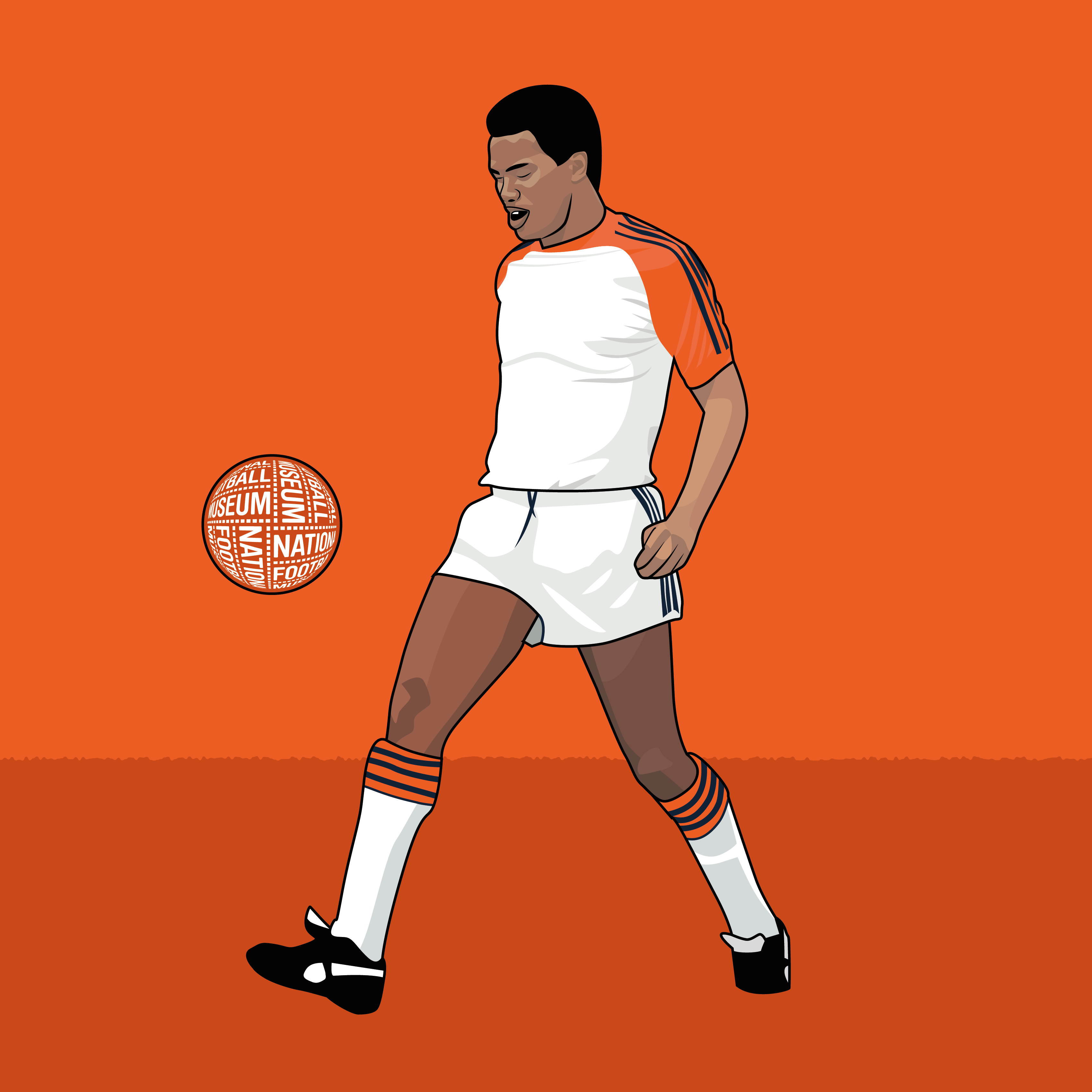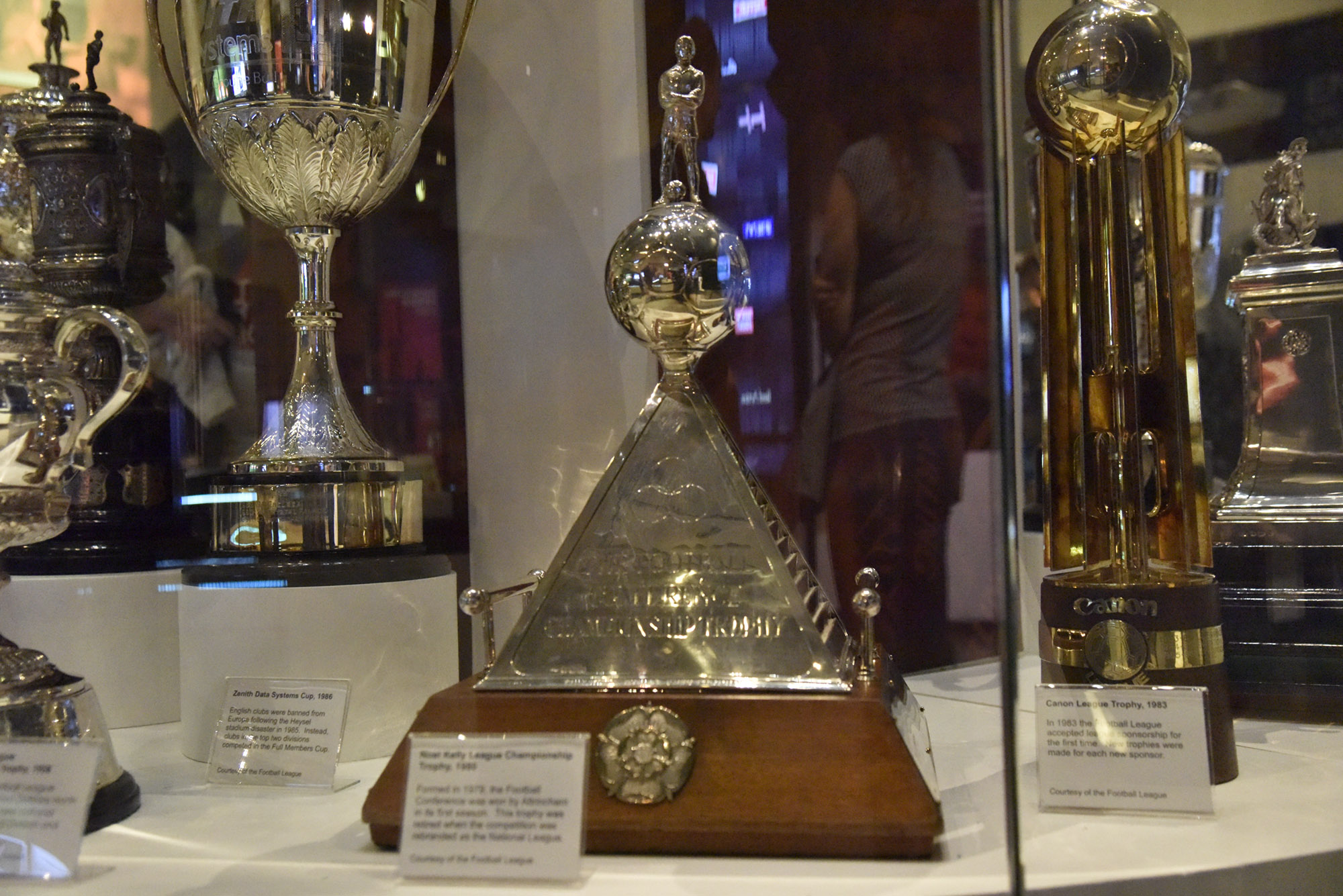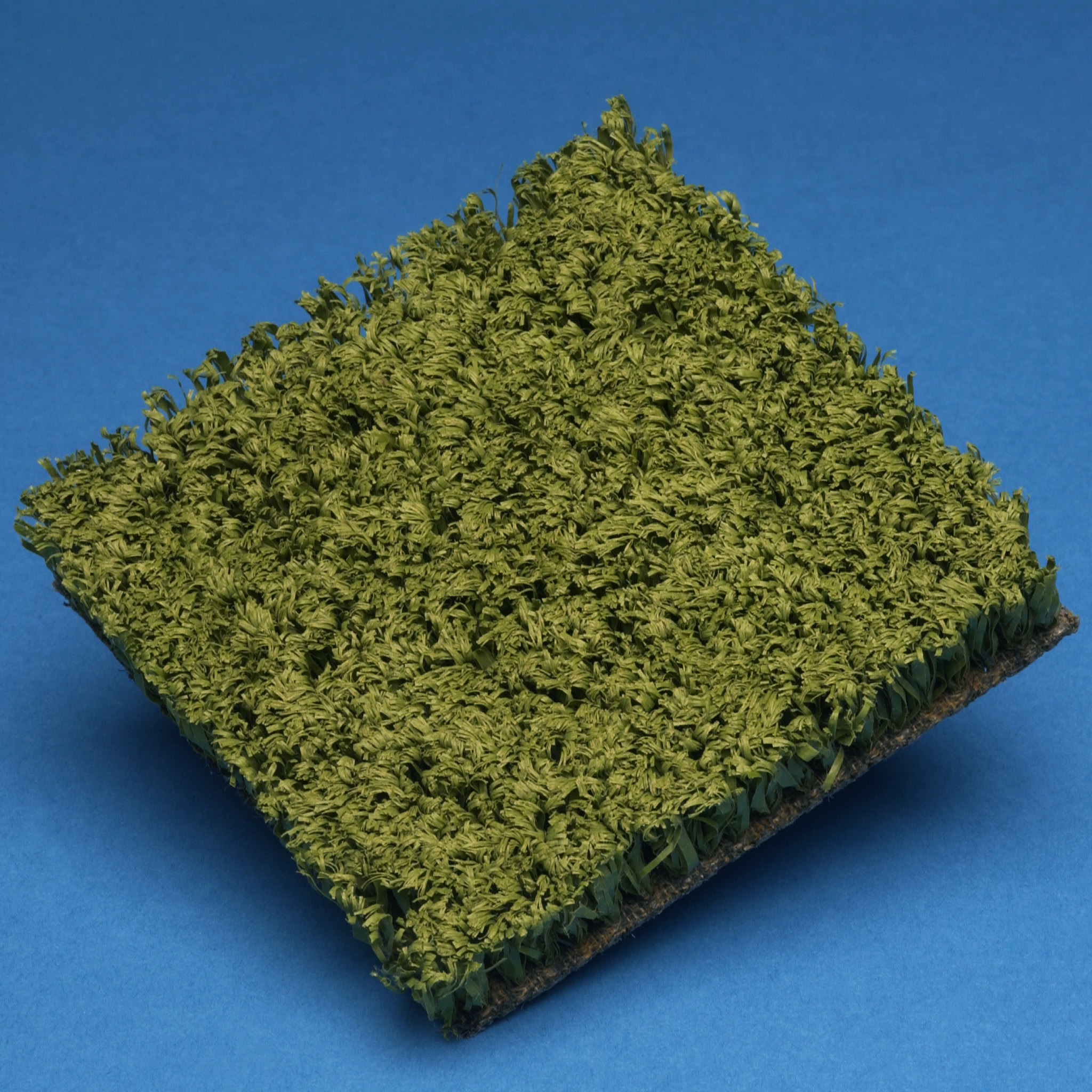Objects of the Week: Luton Town Calendar
25 May 2023
Ahead of the Championship play-off final between Luton Town and Coventry City, we take a look at some of the Hatters-related objects at the National Football Museum and within our Football Heritage Collection.
Eighteen of the Championship’s twenty-four clubs have graced the Premier League since its formation: Luton Town is not amongst them. After a stellar campaign, the Bedfordshire outfit find themselves just ninety minutes away from the promised land.
Hatters fans will be relishing another trip to Wembley, hoping to emulate the club’s most famous victory in 1988, rather than the play-off despair of more recent years.
League Cup champions
Having won promotion to the top flight in 1982 – and famously staved off relegation the following year – Luton Town steadily established themselves as First Division mainstays. Within five years of their ascension, the Hatters were registering top-half finishes, climbing to seventh – the club’s highest ever league place – in 1987.
The following year, Ray Harford’s men would build on that success. Luton had not featured at Wembley since losing the 1959 FA Cup Final to Nottingham Forest: under Harford’s guidance, they played beneath the famous twin towers twice in two months.
 First, they faced off against Reading in the Full Members’ Cup (known as the Simod Cup for sponsorship purposes), a competition created to fill the void created by English clubs’ expulsion from Europe. In front of almost 62,000 supporters, Luton took an early lead against Reading, but would soon be stunned by the Second Division side, who ultimately ran out 4-1 winners.
First, they faced off against Reading in the Full Members’ Cup (known as the Simod Cup for sponsorship purposes), a competition created to fill the void created by English clubs’ expulsion from Europe. In front of almost 62,000 supporters, Luton took an early lead against Reading, but would soon be stunned by the Second Division side, who ultimately ran out 4-1 winners.
Hatters fans did not have to wait long for a return to the capital, as a two-legged victory over Oxford United secured them a place in the League Cup final against defending champions Arsenal. The Gunners went into the game as favourites, but Brian Stein opened the scoring for Luton, who defended manfully thereafter.
With twenty minutes to go, Arsenal levelled proceedings through sub Martin Heyes, taking the lead three minutes later via Alan Smith. A string of saves from Town’s Andy Dibble – not least from Nigel Winterburn’s spot kick – kept Luton in it, then Danny Wilson tied the game up with a header seven minutes from time. With extra time looming, Stein volleyed home the winner, sparking scenes of jubilation on the Hatters bench.
From Conference Premier to Premier League?
That League Cup triumph proved to be the high point for Luton: the ban on English clubs in Europe remained in place, denying the club a UEFA Cup berth. They were once again runners up in the Full Members’ Cup in 1989, but their league form dwindled over the years, resulting in relegation from the top flight in the final year of the old Football League era.
Luton’s decline continued throughout the nineties and into the noughties. The club briefly overcame financial adversity under ex-forward Mike Newell, returning to the Championship for two seasons, but the respite was short-lived. The club was soon placed into administration, enduring three successive relegations between 2007 and 2009 – dropping out of the Football League for the first time in history.
Though many expected Luton to bounce back, they suffered play-off heartbreak three times in three successive seasons, losing finals to AFC Wimbledon and York City respectively: the former on penalty kicks.
After finishing seventh in 2013 – their lowest ever placing in history – Luton belatedly returned to the Football League as champions in John Still’s first full season as manager, romping to the title with 101 points. The club has been on an upward trajectory ever since.
Kenilworth Road
Much has been made on social media of Luton Town’s somewhat humble home. With a maximum capacity of 10,356, Kenilworth Road is currently the smallest ground in the Championship – and would be the smallest to grace the Premier League, proving more cosy than Bournemouth’s Vitality Stadium (11,307) and Oldham’s Boundary Park (13,513).
During the 1980s, Kenilworth Road was considered groundbreaking for somewhat controversial reasons. Following QPR’s lead, Luton became the second club in the Football League to do away with natural grass, replacing their playing surface with Sporturf in 1985.
The “grass” endured excessive wear in its first years, and was replaced by more artificial turf in 1989. Within two years, “plastic pitches” were banned by the FA, and Kenilworth Road reverted to traditional grass thereafter.
Our Pitch Gallery is decked out in artificial “turf” in the form of lovely green carpet, but we have our own little slice of history in our Football Heritage Collection: a piece of Kenilworth Road’s artificial turf. It’s safely stored in our Deepdale archive: unlike actual grass, it requires very little maintenance!






